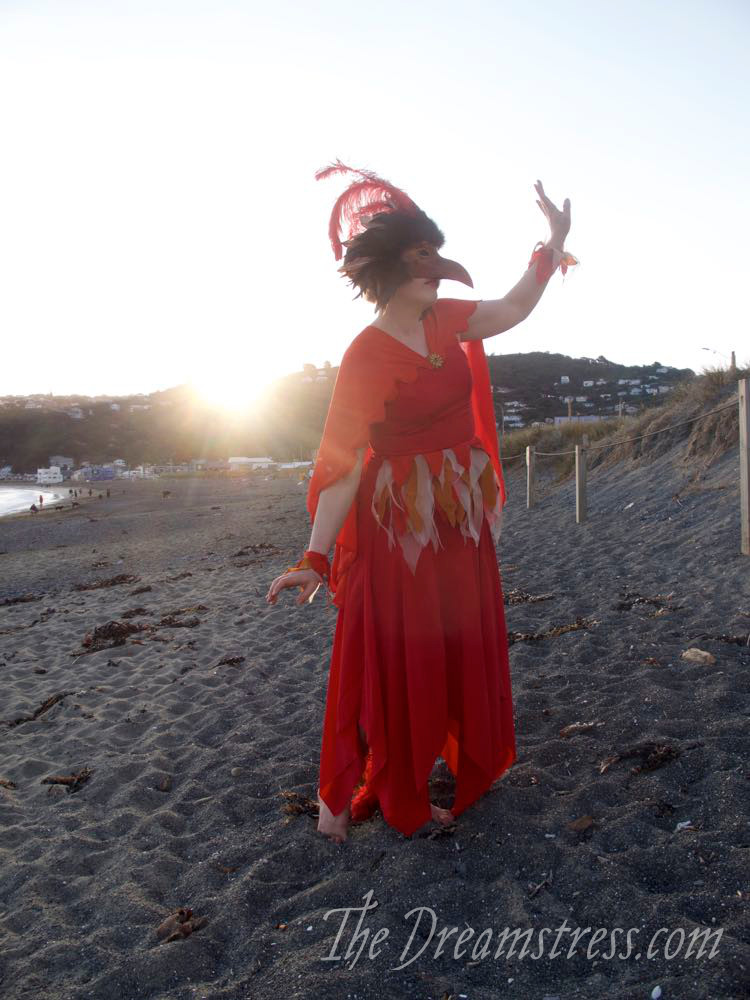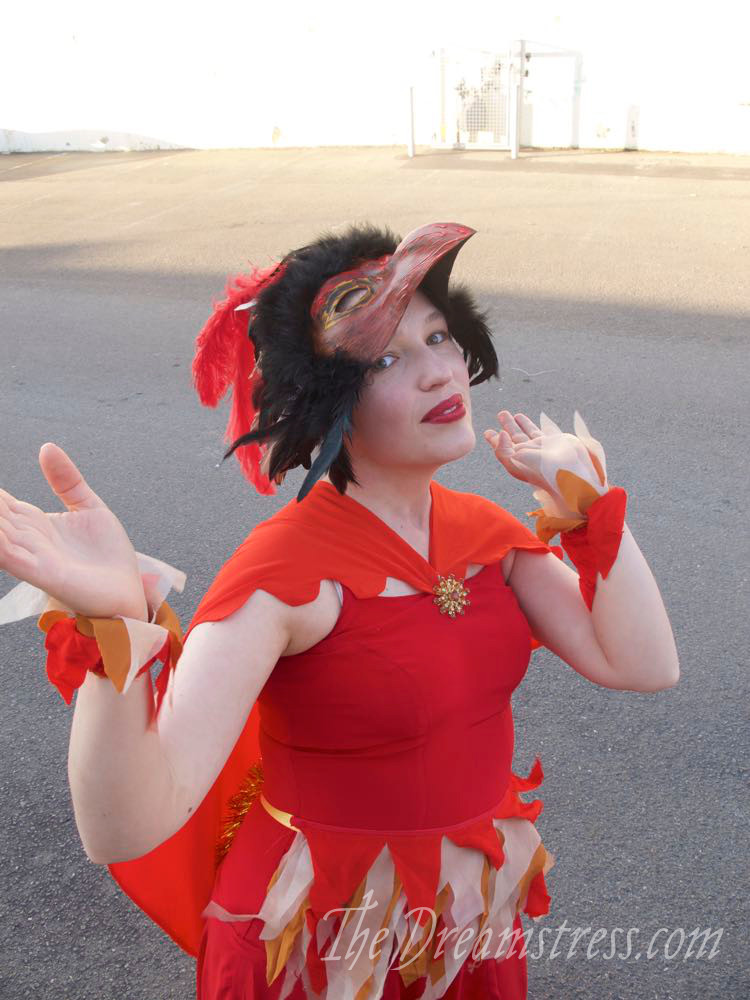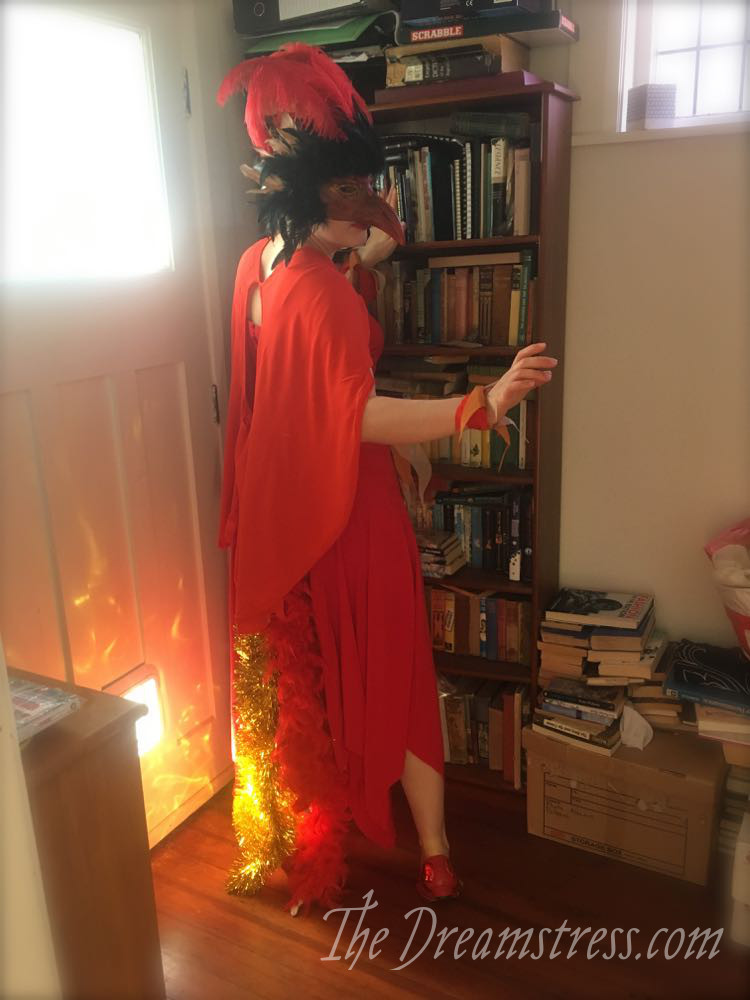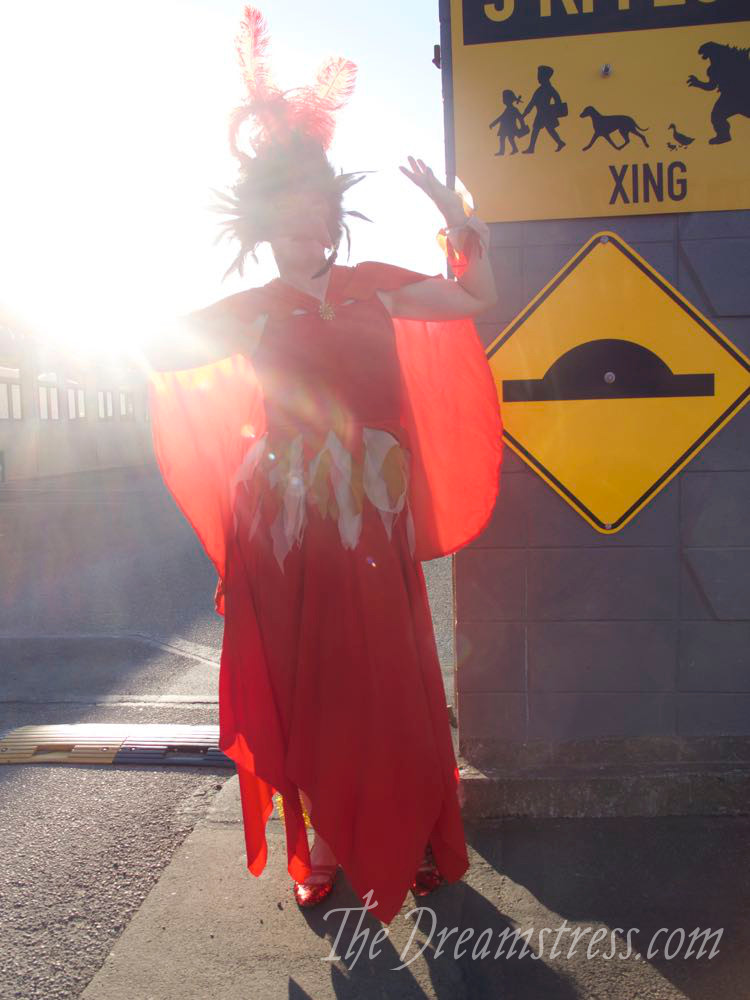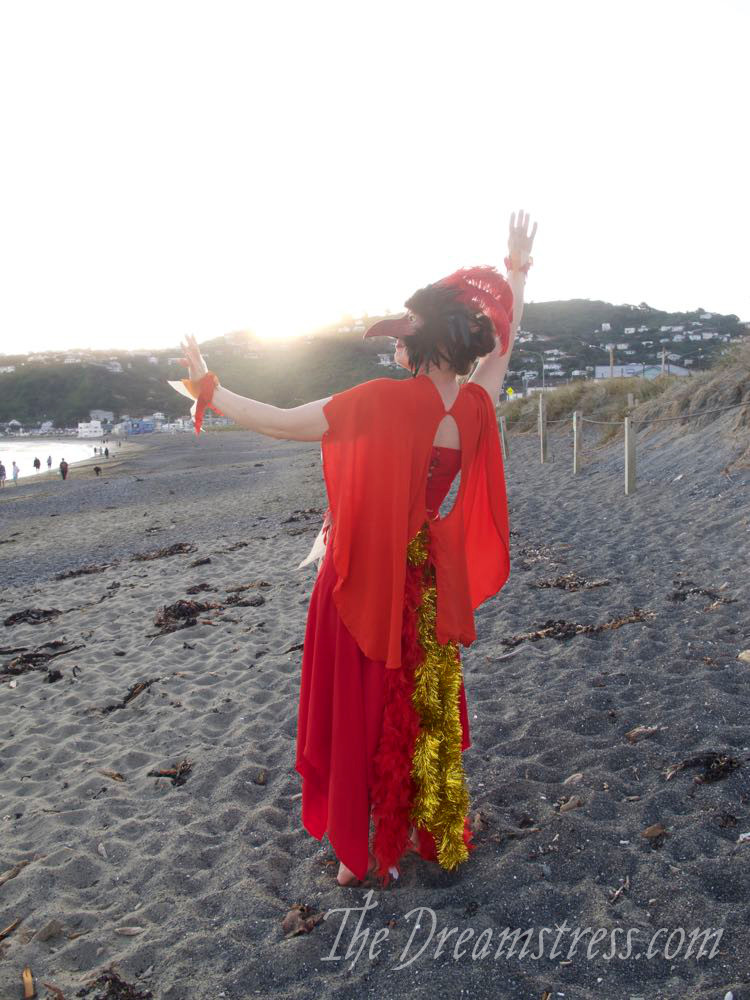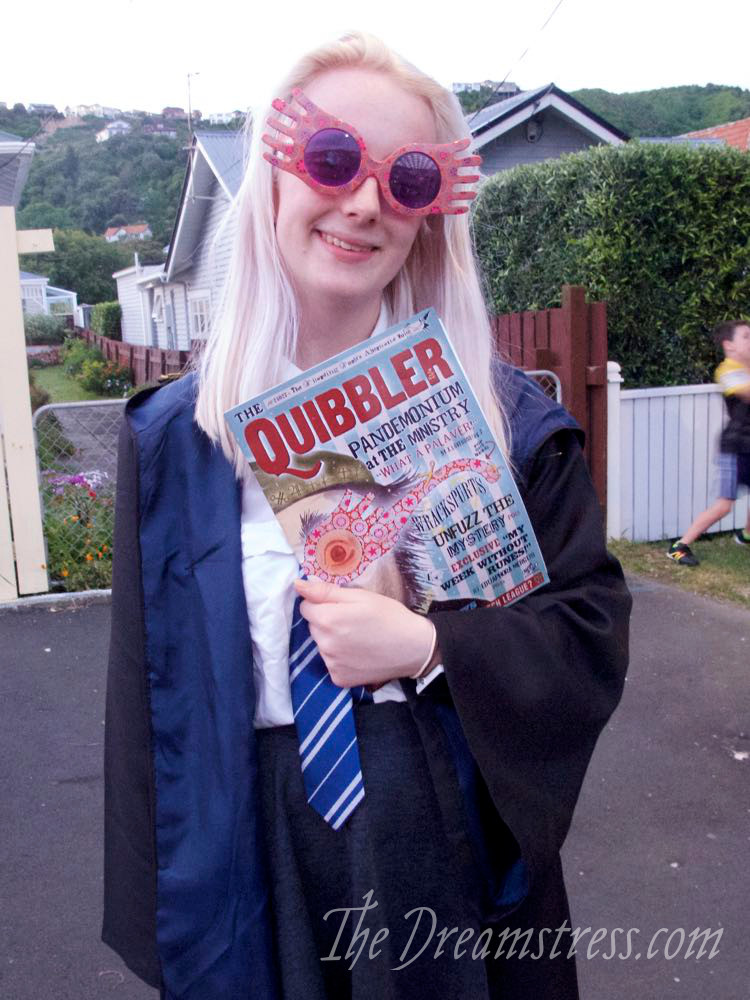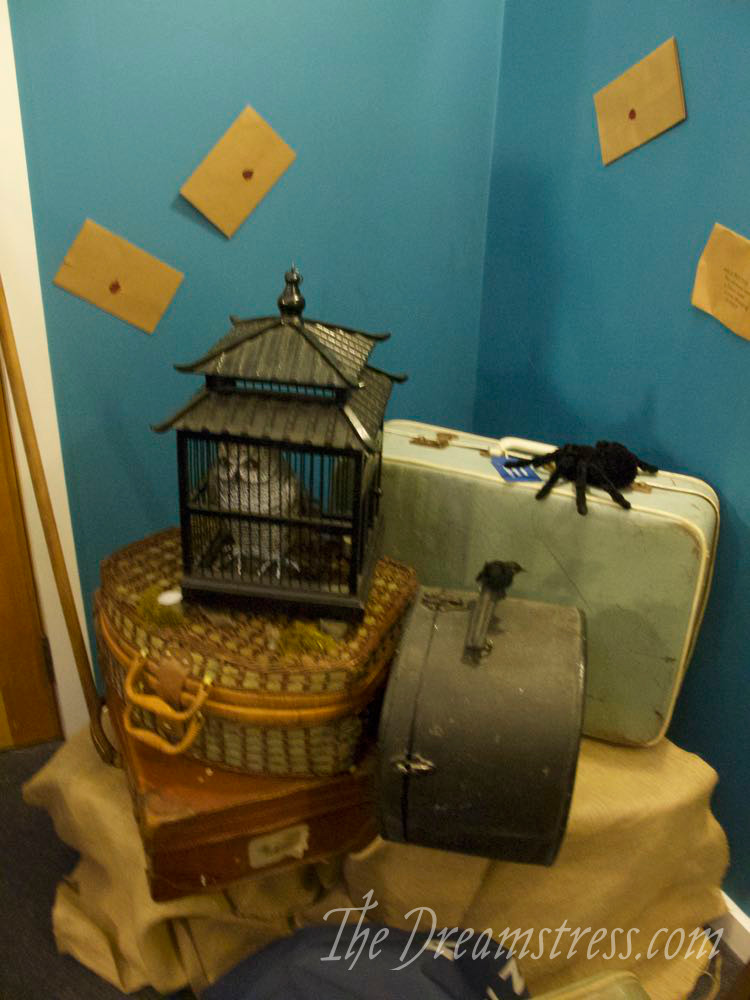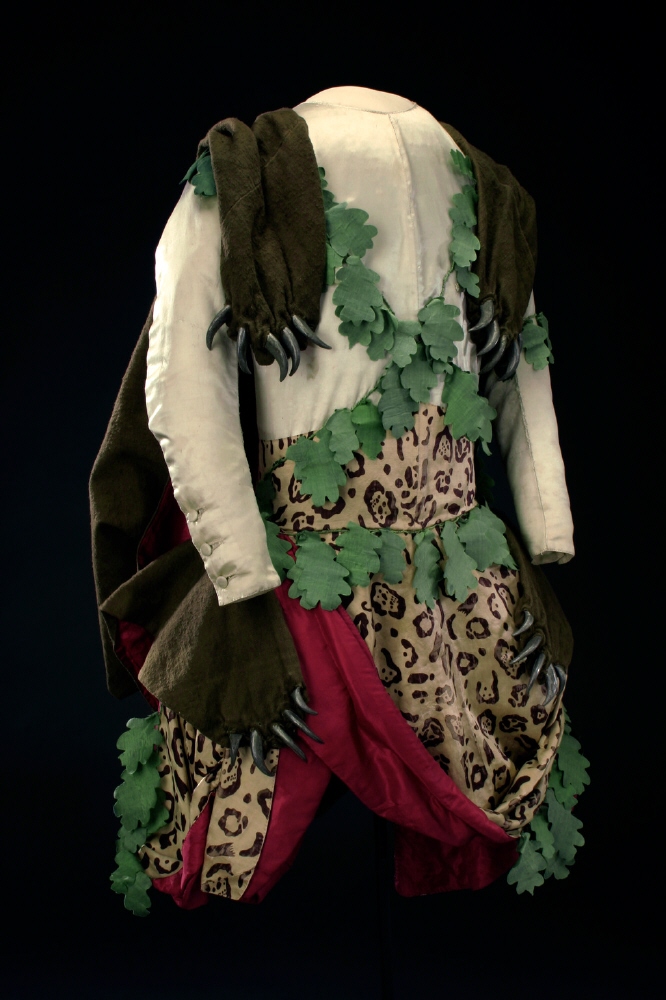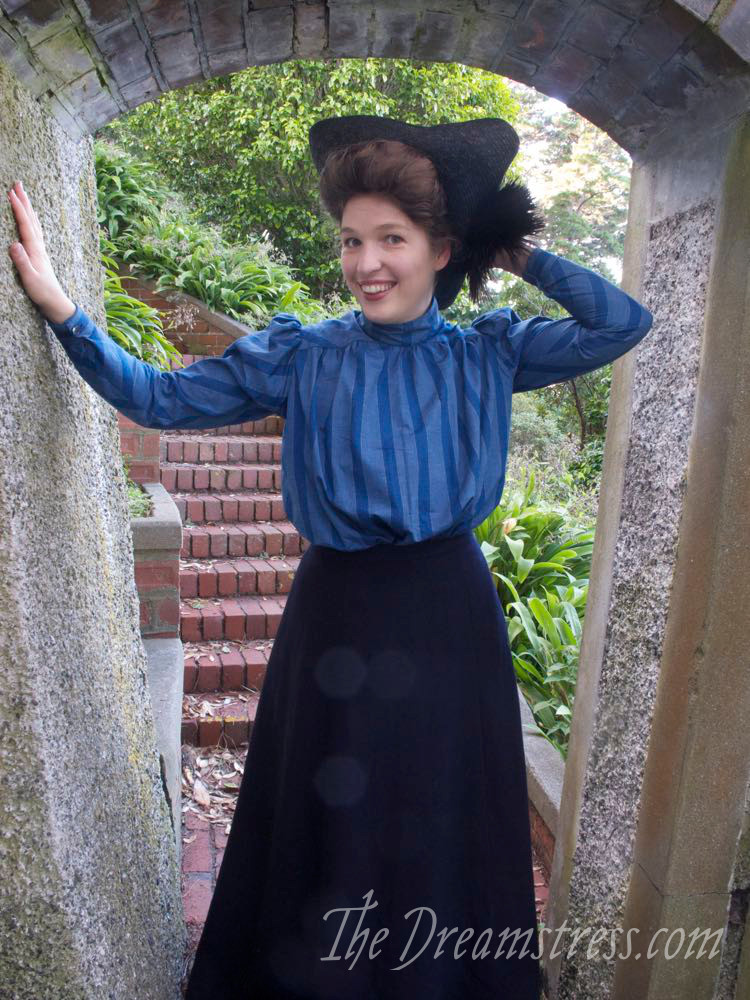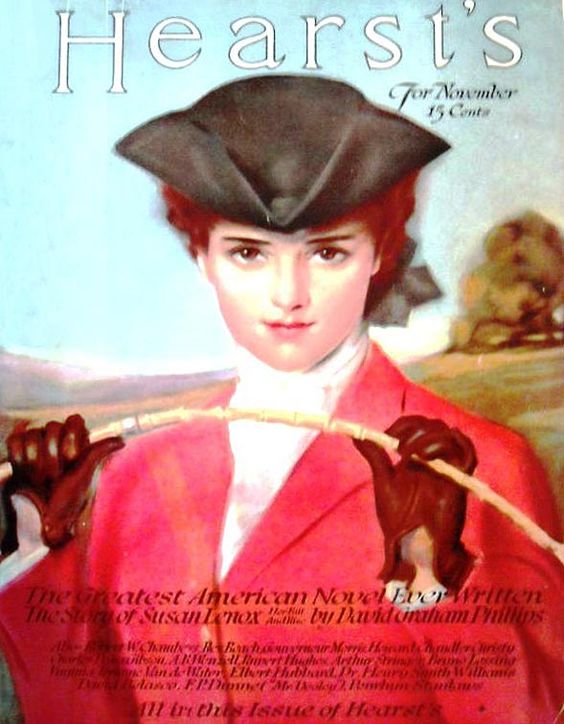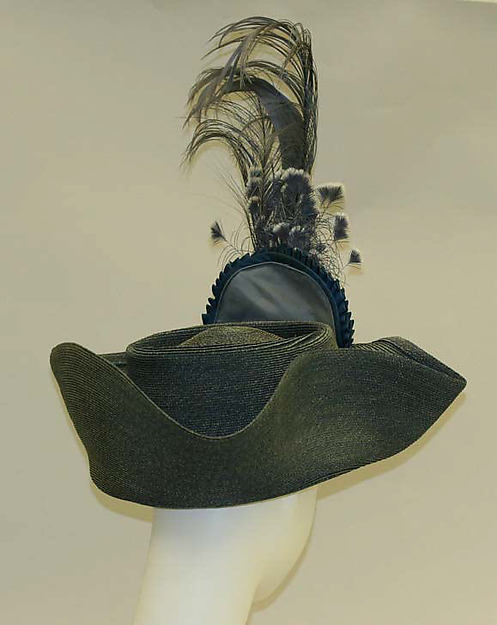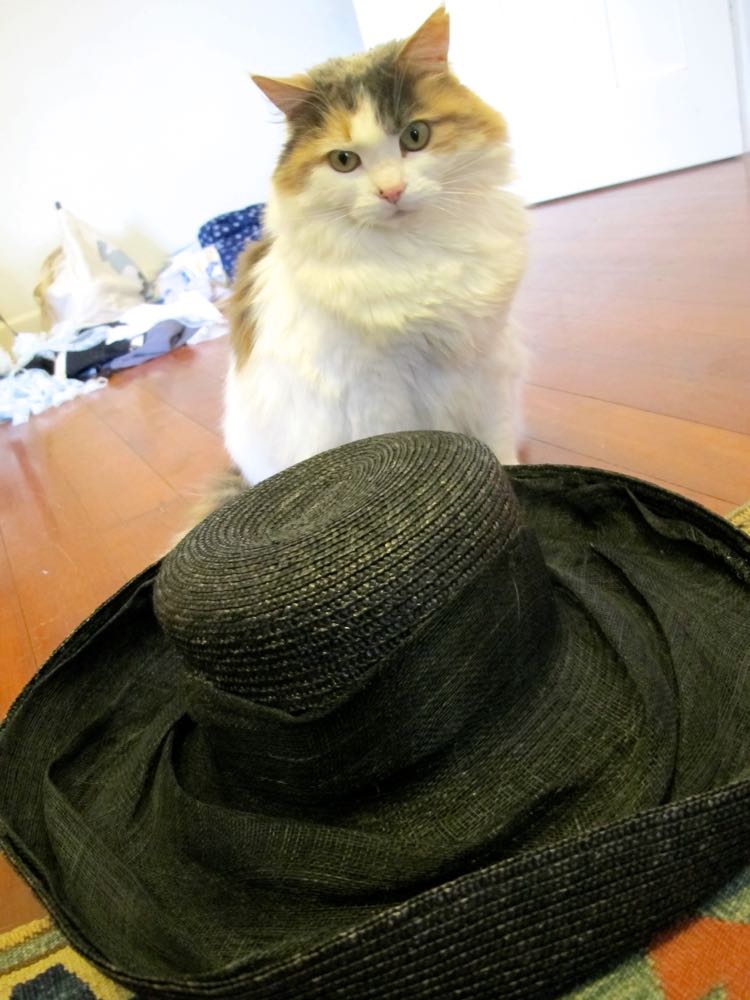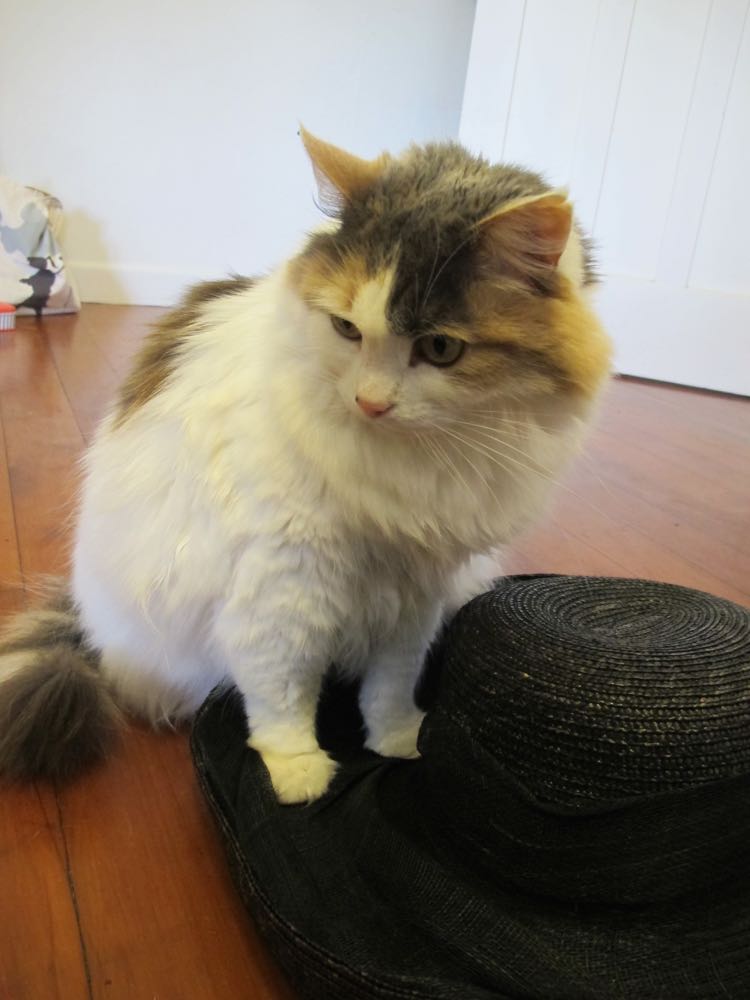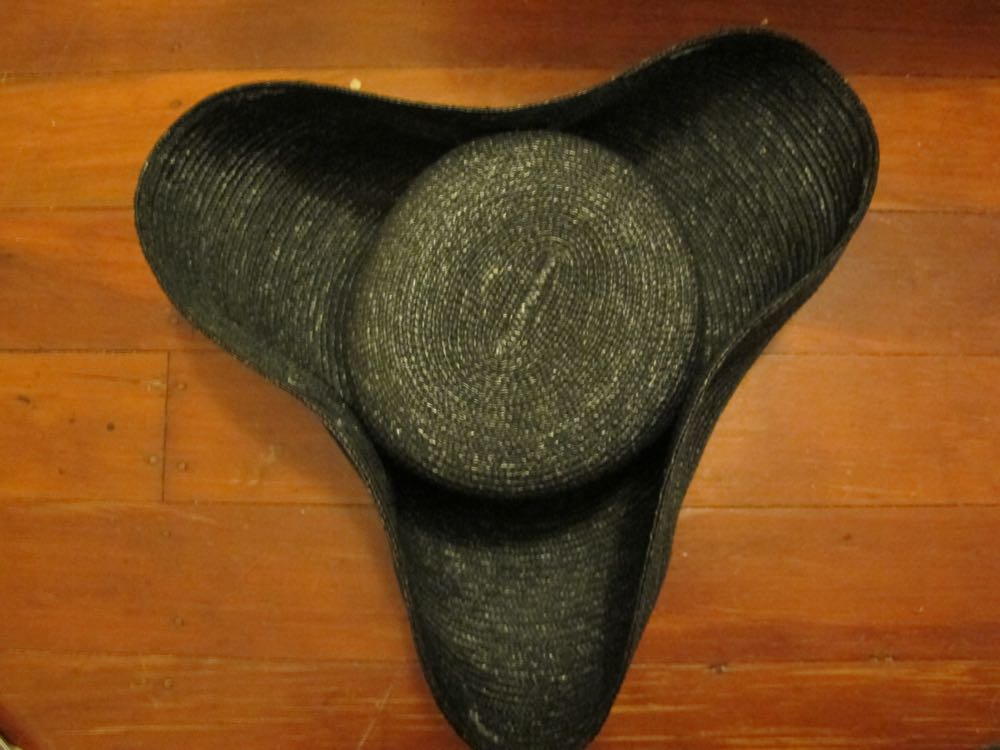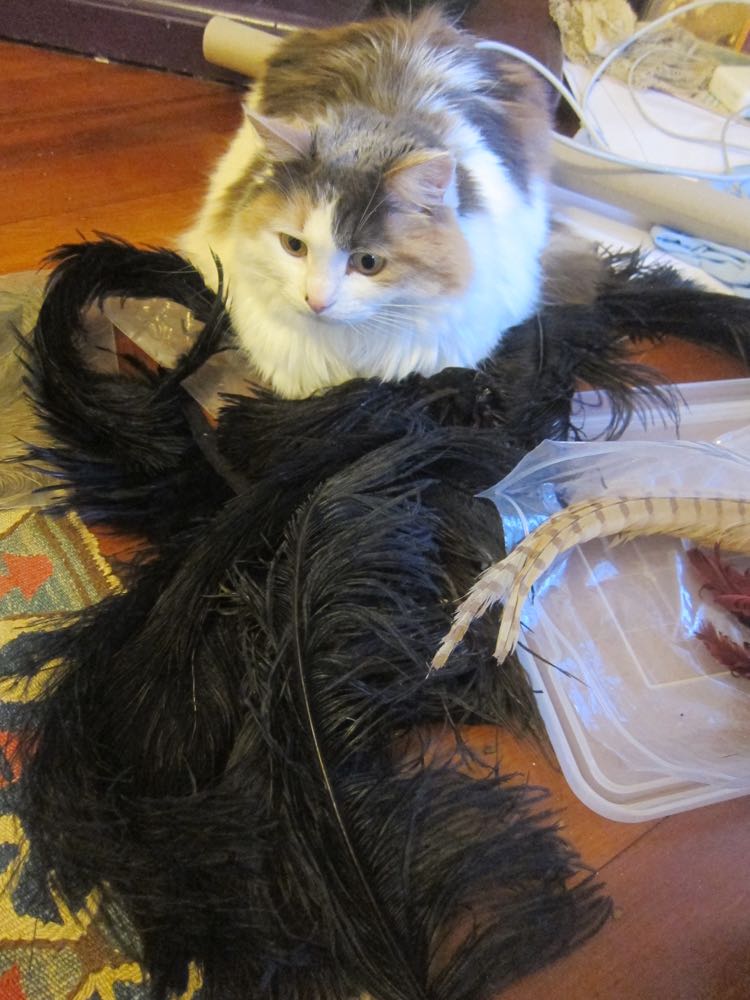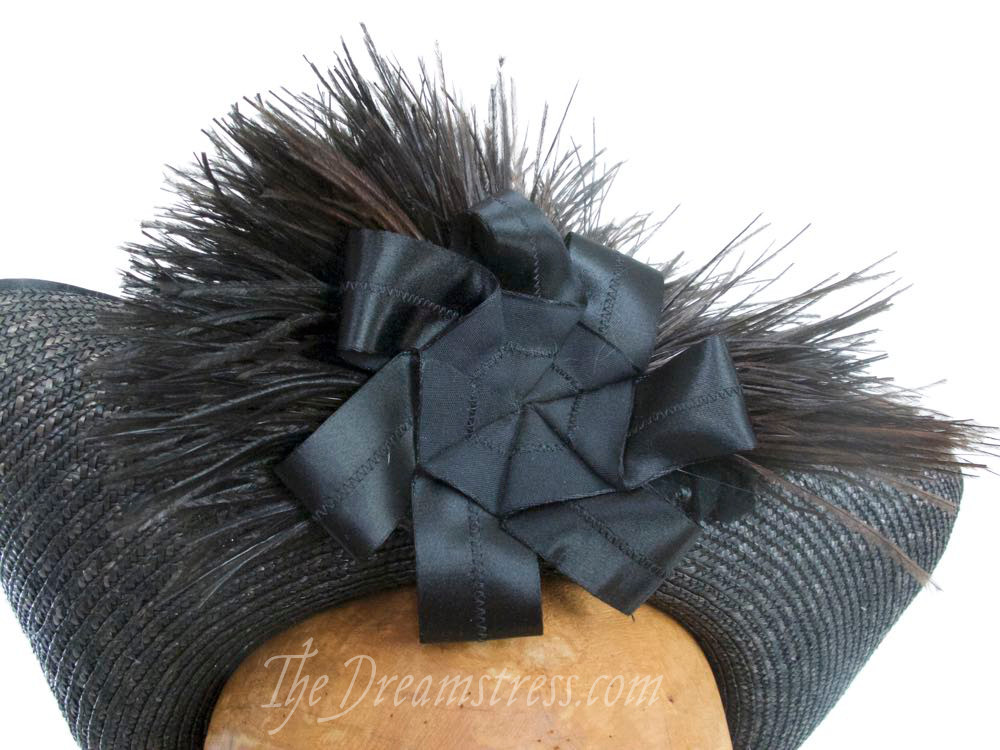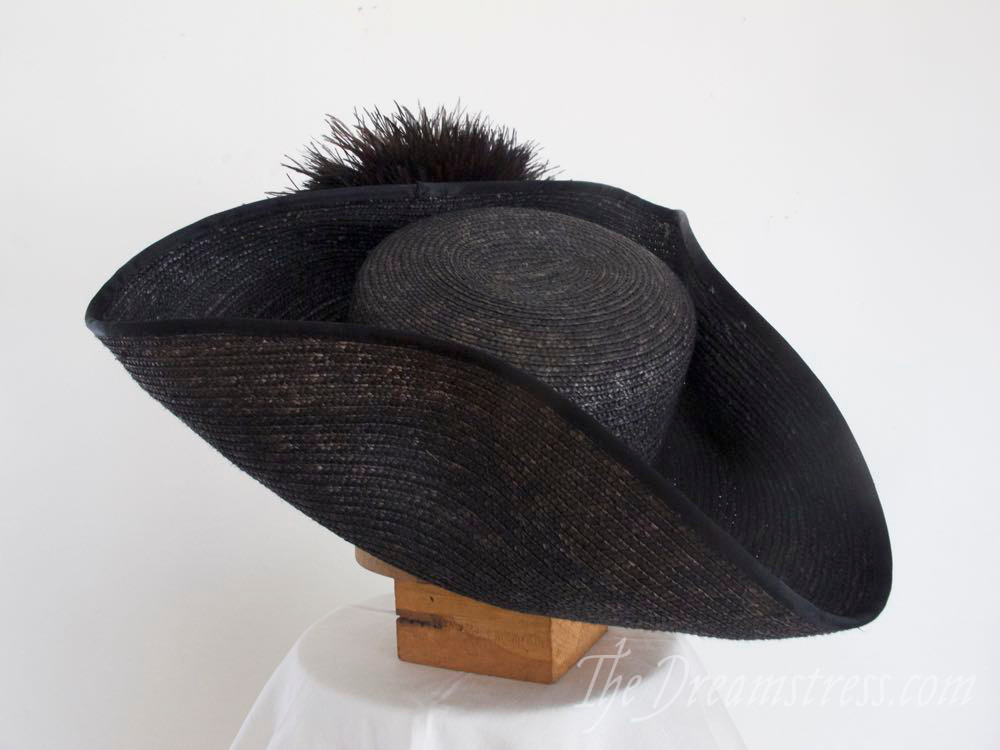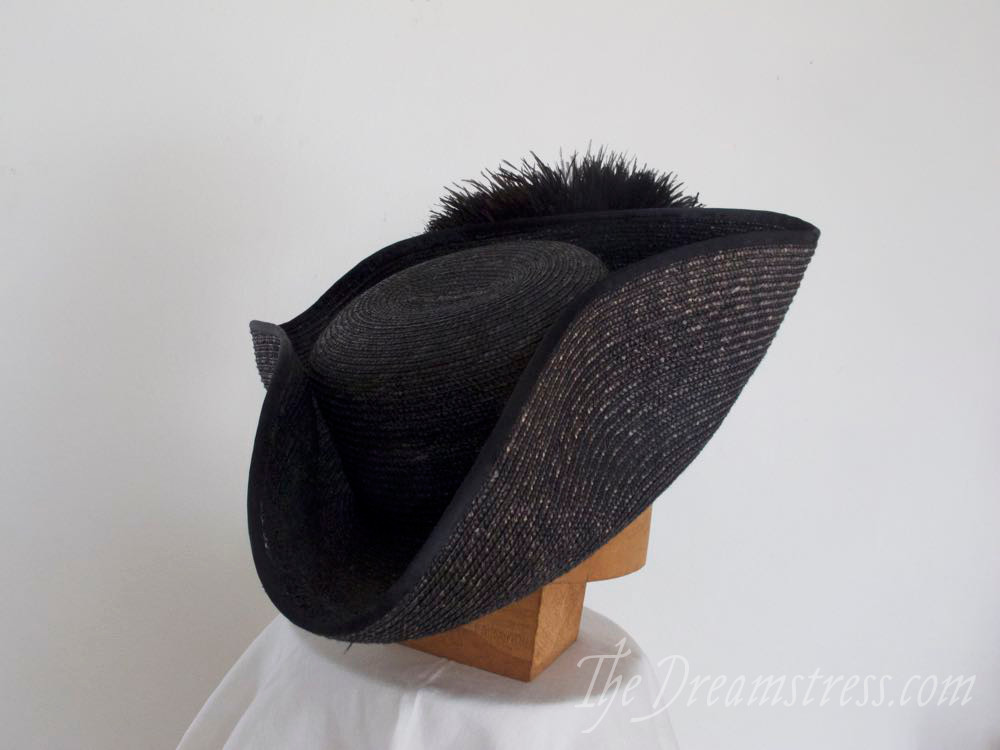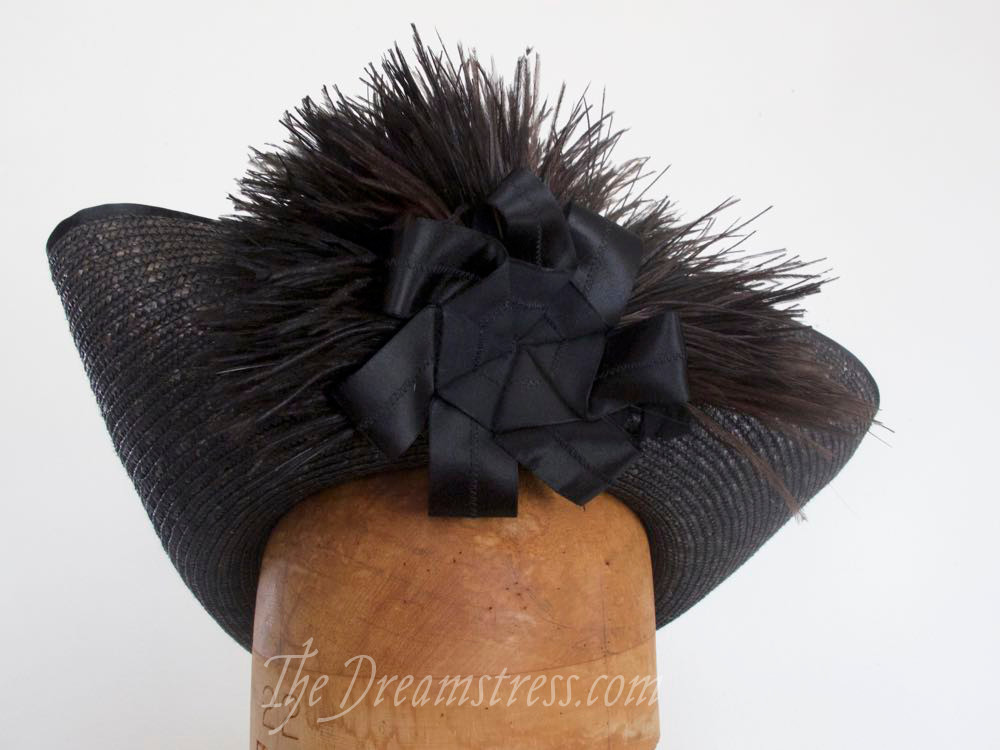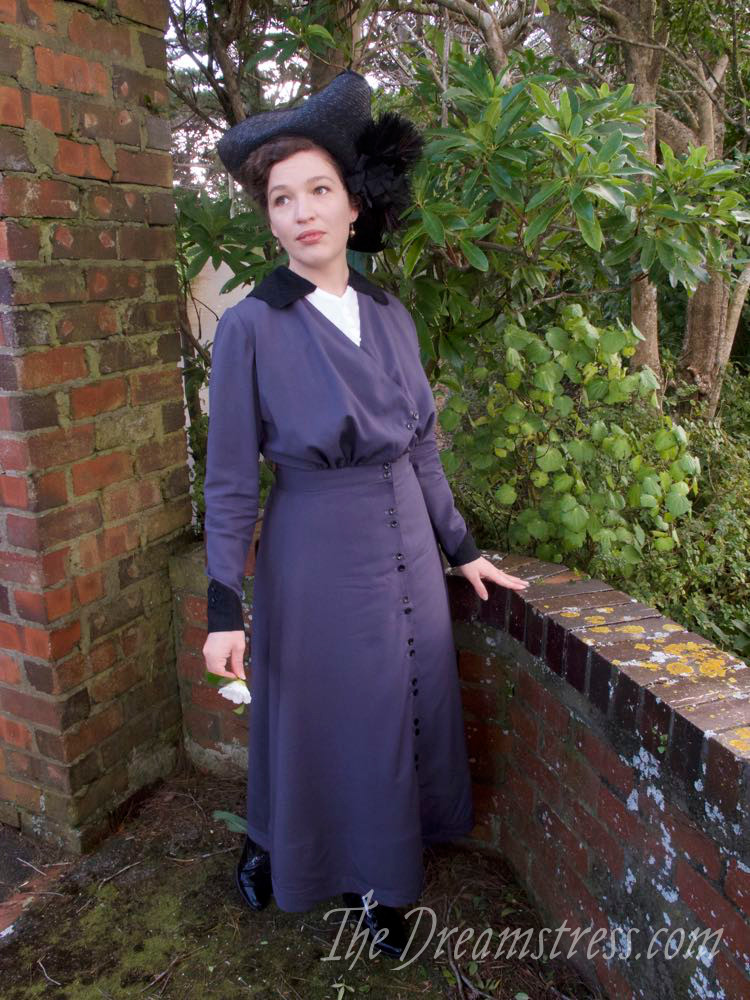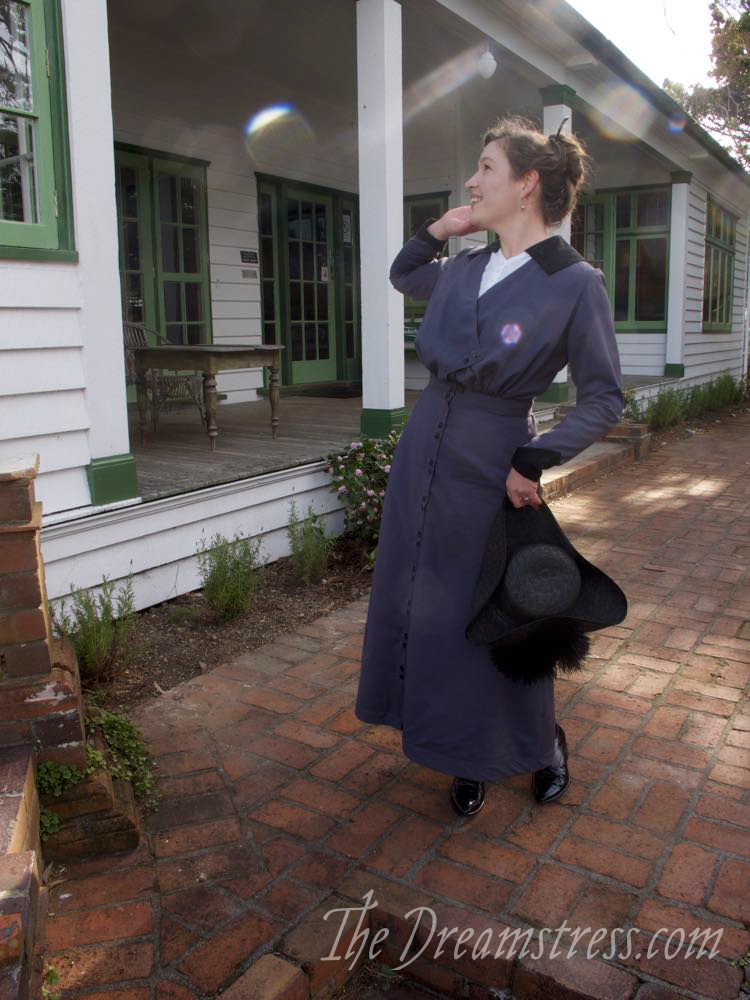Happy Halloween everyone!
I hope you had a wonderful holiday, with lots of the best parts of Halloween: creativity, community, an awesome Halloween Costume, a little bit of candy, and tons of fun.
I’ve never grown out of my love of Halloween, but it’s only recently become a ‘thing’ in New Zealand, Usually there aren’t many cool events to go to – especially as an adult.
This year Zara of Off-grid Chic alerted me to a Haunted Hogwarts party. Exciting! We decided to be the weird fully-grown women who went along without any kids, in full Halloween costume.
Super last minute Halloween costumes! We’re both incredibly busy!
I went closet-diving, and found: the dress I made as my end-of-semester project my first year in Uni; a silk blouse with scalloped edges by NZ designer Blak; my red sequinned Dorothy shoes; and a mask, originally made as a tui by the Comtesse de Chambourd, and re-made by me as a Labyrinth Firey when the paint started flaking off, and bunch of wrist, ankle & neck pieces I’d made for said Firey costume (which never got worn – long story).
With the removal of the more Firey characteristics, and the addition of red feathers, the mask was ready to go. I went out and spent $4 on a red feather boa (never thought I’d see the day when I bought a chicken feather boa!) and some Christmas tinsel for a tail.
The dress just fits, the blouse became wings with the addition of a brooch to hold them on, and the Firey neckpiece became a girdle.
Instant Fawkes Halloween costume!
We discovered that we could make my tinsel tale light on ‘fire’ with a little help from the sun coming through the cat door:
Zara went as Aragog’s babies and looked fabulous. I’m going to let her show off her Halloween costume on her own blog.
We had pizza for dinner, and took photographs in the parking lot behind the pizza place while we waiting for it to cook (so glamorous).
It was a glorious day, so we went and sat on the beach and ate pizza in our full Halloween costumes. All the late-afternoon dog-walkers and sun bathers were equally confused and amused!
I’m afraid we scared at least two dogs, who weren’t quite sure what we were. 🙁
Then off to the event, which was AMAZING! I didn’t take a lot of photographs I can share (no pictures with other people’s children online!), but here is one Luna I got permission from:
And a little bit of the decorations, which were phenomenal:
I am NOT exaggerating when I say phenomenal. There were piles of teacups with actual wet tea leaves in Trelawney’s corner, and a phrenology head. There was a winding forbidden forest corridor, and Dementors swooping down from the ceiling. There were floating candles. Dolores Umbridge had an office with actual moving kitten plates. Yep, they went to the level of filming kittens in whiteboxes specifically for the event!.
There were lots of people in Harry Potter-themed Halloween costumes. There were a couple of Trelawneys, half a dozen Dobbies, a Rita Skeeter, and a Beaubaxton girl. Plus lots of Harrys and Lunas, and tons and tons of standard Hogwarts uniforms. People loved Zara’s costume (hugely because her spiders were not scary – very helpful for the little-ys). My costume absolutely delighted the Potterphiles. I had more than one person look at my slightly puzzled for a moment, figure it out, and then squeal: ‘You’re Fawkes!’
Halloween costume success!
Not everyone got it though. Some people asked, and I had more than one person respond to ‘I’m Fawkes’ with ‘You don’t really look like a fox?’
Nope, not that kind of fox!


